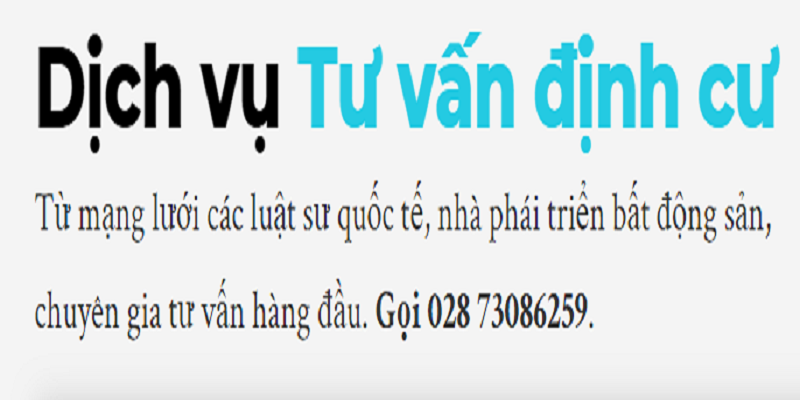HCMC – Infrastructure plays a key role in whether foreign investors decide to make an investment in Vietnam or not, heard a conference on infrastructure development in HCMC on December 7.
Speaking at the conference, Kawaue Junichi, consul general of Japan in HCMC, said the first thing investors will look at is infrastructure when it comes to making an investment decision.
According to the consul general, to ensure sustainable infrastructure development, more attention should be paid to social and environmental impacts and economic purposes when implementing infrastructure projects.
Infrastructure projects like seaports, roads, railways and electricity systems should contribute to improving people’s lives and protecting the environment. They should be of high quality as well.
Among the infrastructure projects in Vietnam that have got positive reviews from Japan are Tan Son Nhat International Airport and East-West Highway in HCMC, and Noi Bai International Airport and Nhat Tan Bridge in Hanoi.
Kawaue Junichi said HCMC needs to develop more infrastructure projects of high quality, such as the under-construction Metro Line No.1, to promote foreign investment.
With an aim to assist Vietnam to develop its infrastructure, Japan has plans to fund other large-scale projects like Danang Port and Cai Mep-Thi Vai Port.
To ensure the feasibility and efficiency of an infrastructure project, investors should carefully calculate construction cost and time, assess environmental impact, and evaluate local conditions and demand.
Some experts said at the conference that foreign investors will successfully develop and operate their projects in Vietnam only if infrastructure facilities like power and water supply, and roads are complete and reliable.
Source: The Saigon Times
















